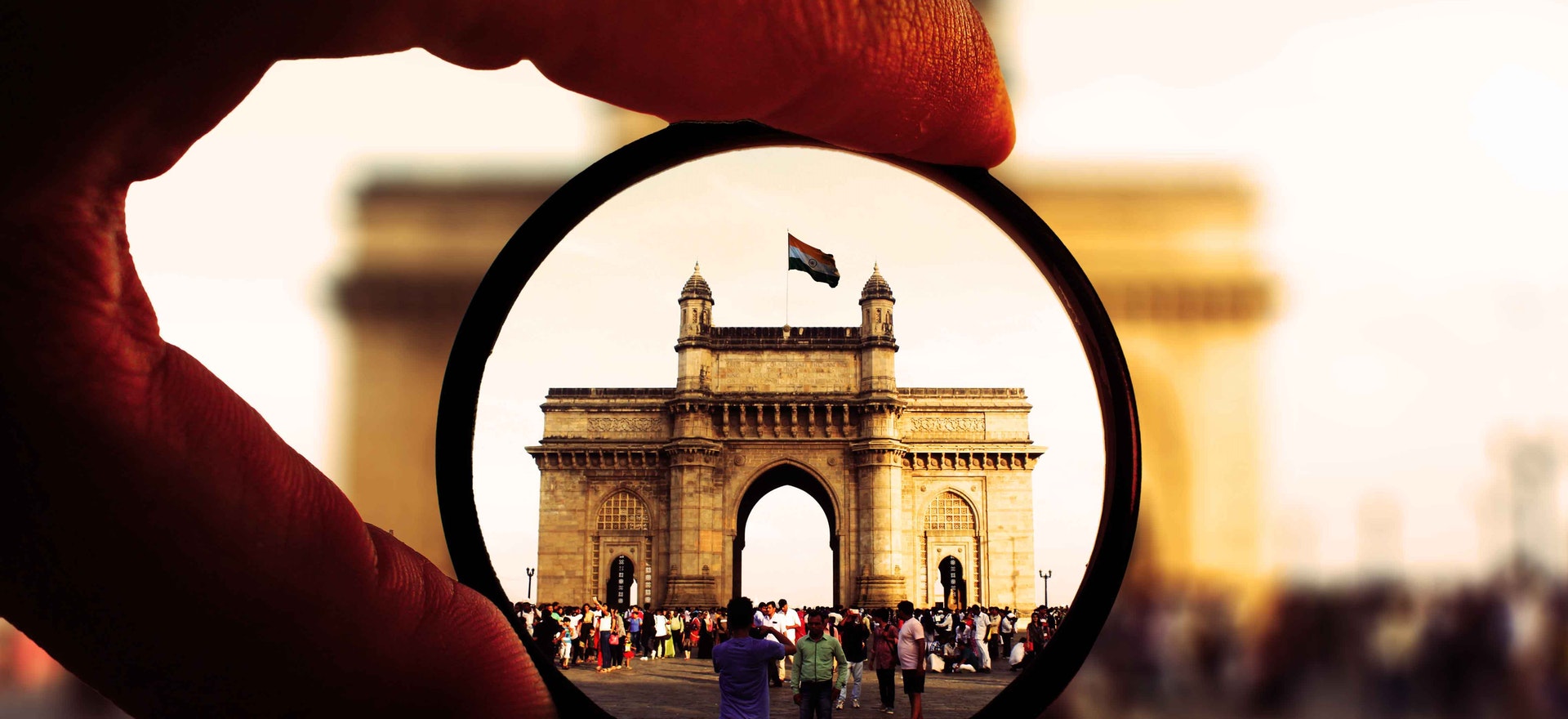Life in the Country
India is the world's largest democracy, home to millions of people and hundreds of diverse cultures. From sand to hills, mountains to beaches, every region of our land is distinctive in its own way. Yet, despite this difference, the people and the countrymen have consistent hospitality and regard for others.
India has one of the most historical events and personalities that have left their imprint on the world. From Nobel Laureates Swami Vivekananda and Rabindranath Tagore to scientists and later our President, Dr APJ Abdul Kalam, Indians have always made their presence felt both inside and outside the country. There is never a dull moment in this land. From the smallest villages to the best metropolis, life in India is typically bright, attractive, enlightening, and instructional; the individual is always one with nature. The Sanskrit phrase "Atithi Devo Bhava," meaning "Guest is equivalent to God," comes to life here.
Attitude and Etiquette of the Local People
Given that India is synonymous with the term "diversity" and the phrase "Unity in Diversity," the attitude and manners of the locals vary from city to city and state to state. Although the primary essence of the local people here is hospitality and joy, India, like any other country, has some traits that are thoroughly observed by most individuals distributed around the country. For example, despite the country's reputation for adhering to a strict dress code, India has always been an ideal setting for fashion experiments. Moreover, people here follow various Western cultures, perfectly synthesising Indian and Western cultures, thereby following a distinct Indo-western culture.
Language
In addition to the 22 recognised languages, India has 121 more regional and local languages, 270 mother tongues, and numerous varieties within each of these languages. The two languages most frequently used for communication in the nation are Hindi and English.
Most Indian languages are adaptations of or have slight traces of Dravidian or Indo-Aryan. While languages like Hindi and Bengali are among the most widely spoken globally, Malayalam, spoken by the residents of Kerala in southern India, is thought to have the longest palindrome in English.
Despite the use of many of the Indian regional languages, English and Hindi are the most extensively used languages in educational and organisational institutions. This is because people from different linguistic and cultural backgrounds come together to study and learn.
Transport
The expansion and development of the nation are directly correlated with ease of transportation. Over the last several decades, India has established itself as a nation with numerous local and international transit options, simplifying daily life for all students, office workers, and other frequent travellers. Although roads and underground metros are the simplest forms of transportation in towns and large cities, far-off locations can also be reached by road, rail, port, inland water and air travel.
Part-time Work Opportunities
Since the country's second lockdown due to the Covid19 epidemic, most offices and jobs have relocated online, providing people of all ages with various ways of supporting themselves. Since then, part-time employment alternatives have greatly expanded, particularly for university and college students. Students have discovered a way to generate money for themselves by doing part-time jobs, both offline and online, and therefore gaining experience and monetary benefits. These experiences also assist students in creating better resumes and portfolios at the start of their careers and improving their career positions. This work-life experience, obtained while studying, is highly beneficial in the job market. Therefore, most students today choose to work part-time jobs while they pursue their studies.
The top Universities offering various course options:
A person's life is fundamentally impacted by the quality of education received, which ultimately determines the growth and future of a country. As a result, India is home to several well-known universities famous for their high quality of education and the extensive selection of course options they offer first-year students and those pursuing continuing education. For instance, some of the best, oldest, and most well-known universities to have ever existed in India include the University of Delhi, Indian Institute of Technology Bombay, Jadavpur University, Vellore Institute of Technology, Savitribai Phule University, Tata Institute of Social Sciences, and Presidency University. Both domestic and international students can choose from various modern, innovative course options, ranging from entry-level bachelor's degrees to master's and PhD degrees.





